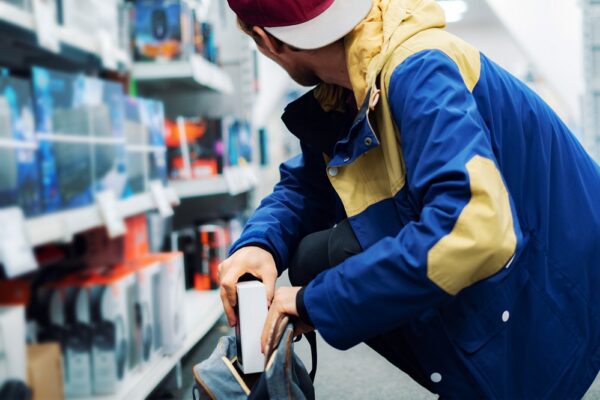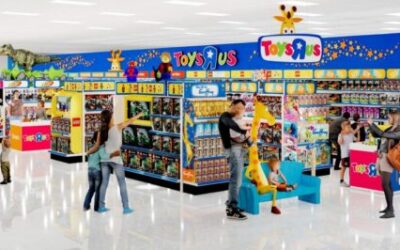Dick’s, Lowe’s, Target Execs Cite Theft’s Impact on Financial Results and Safety


While shrink is far from a new problem in retail, the impact of theft — particularly large-scale operations run by organized retail crime (ORC) rings — has been garnering the attention of executives at some of the country’s largest retailers, including Lowe’s, Target and Dick’s Sporting Goods.
The National Retail Federation’s 2022 Security Survey found that shrink costs retailers nearly $100 billion annually and that retailers, on average, saw a 26.5% increase in theft attributed to ORC in 2021. “Eight in 10 retailers surveyed report that the violence and aggression associated with ORC incidents increased in the past year,” according to the survey.
Consumer concerns about retail crime also are on the rise: a recent video that shows robbers stealing $300,000 worth of merchandise from a Los Angeles Nordstrom store has gone viral.
Dick’s CEO Lauren Hobart specifically identified ORC and “retail theft in general” as a key factor contributing to a lower-than-expected gross margin for the three-month period ending July 29, 2023, during the retailer’s Q2 financial results conference call.
“Based on the results from our most recent physical inventory cycle, the impact of theft on our shrink was meaningful to both our Q2 results and our go-forward expectations for the balance of the year,” said Hobart. “We are doing everything we can to address the problem and keep our stores, teammates, and athletes safe.”
Target CEO Brian Cornell noted that the costs of theft go beyond financial losses. “During the first five months of this year, our stores saw a 120% increase in theft incidents involving violence or threats of violence,” he said during a recent earnings call. “As a result, we’re continuing to work tirelessly with retail industry groups and community partners to find solutions to promote safety for our store teams and guests.”
The retailer also has had to deal with “threats and aggressive actions that affected [associates’] sense of safety and well-being while at work,” from people protesting Target’s Pride-themed merchandise, said Cornell. In response, the retailer removed “items at the center of the most significant confrontational behavior,” which engendered criticism from LGBTQ groups.
Given the widespread impact of theft, retailers are investing in new systems and technologies to support their loss prevention efforts. For example, Lowe’s is turning to RFID technology to combat shrink, which EVP of Stores Joseph McFarland III called “a big responsibility for any retailer, especially in this environment,” during a recent earnings call. “We’re developing radio frequency identification, or RFID technology embedded in power tools to prevent theft. This solution will be largely invisible to customers, but it makes a tool inoperable until it is scanned and purchased,” he noted.











